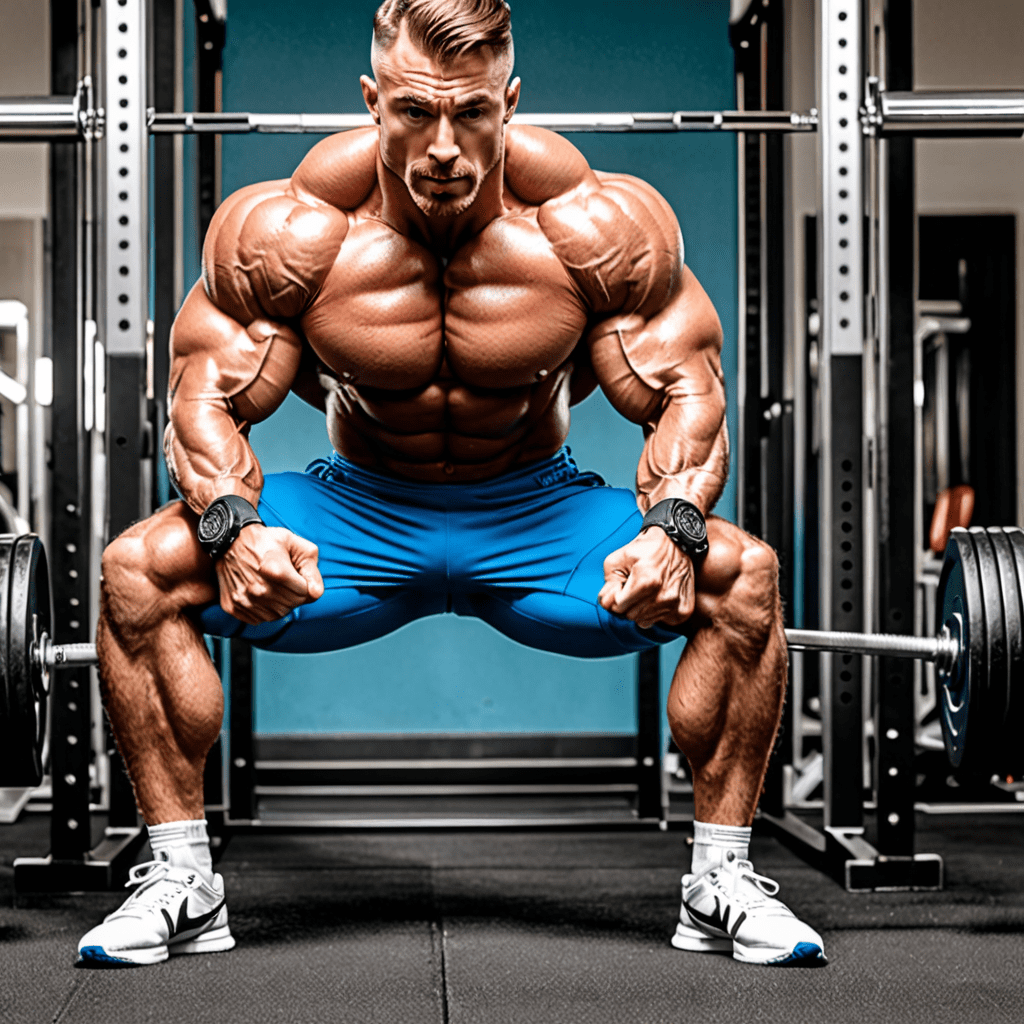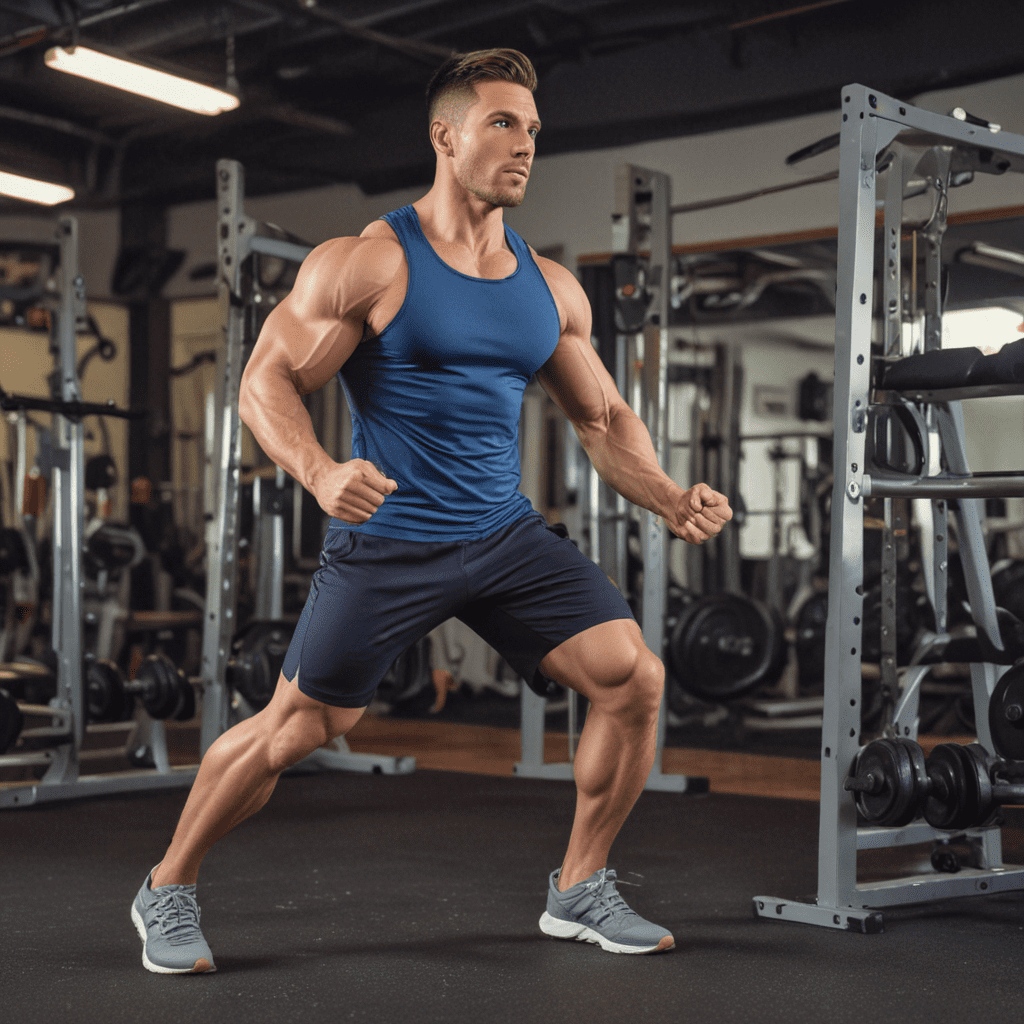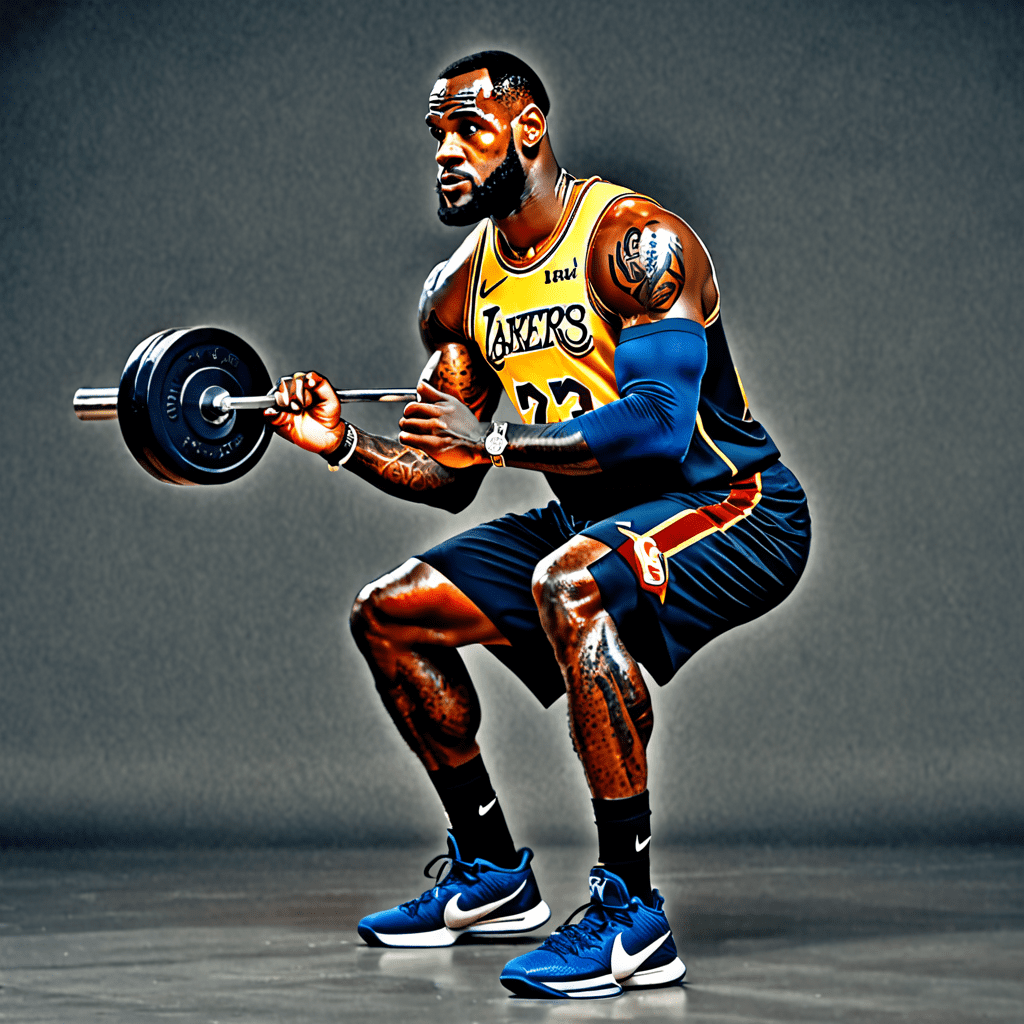
Squats and Thigh Pain: Unveiling the Truth Behind the Discomfort
Do you experience thigh pain when you squat? If so, you’re not alone. Many individuals encounter discomfort in their thighs while performing squats. Understanding the reasons behind this pain can help you address and potentially alleviate it. Let’s delve into the possible causes of thigh pain during squats and explore ways to address this issue.
Understanding the Mechanics of Squats
Before delving into the reasons for thigh pain during squats, it’s essential to comprehend the mechanics of the squat exercise. Squats primarily target the quadriceps, hamstrings, and glutes. The quadriceps, located at the front of the thighs, are especially engaged during squats, as they are responsible for straightening the knees. Additionally, the hamstrings, located at the back of the thighs, work to stabilize and support the movement. A proper squat also engages the glutes, contributing to hip extension and overall lower body strength.
Possible Causes of Thigh Pain During Squats
Several reasons can contribute to thigh pain during squats, including improper form, muscle imbalances, and underlying health conditions. Here are some common factors to consider:
Improper Form
One of the most frequent causes of thigh pain during squats is improper form. When performing squats, it’s crucial to maintain proper alignment and technique. Common form errors, such as leaning too far forward, allowing the knees to collapse inward, or not squatting to an adequate depth, can place excessive strain on the thighs, leading to discomfort and potential injury.
Muscle Imbalances
Muscle imbalances, particularly between the quadriceps and hamstrings, can also contribute to thigh pain during squats. If one muscle group is significantly stronger or more developed than its antagonist, it can lead to unequal stress on the thighs during the squat movement, resulting in discomfort and potential strain.
Underlying Health Conditions
In some cases, underlying health conditions, such as patellofemoral pain syndrome or arthritis, can manifest as thigh pain during squats. These conditions may cause discomfort or inflammation in the knees, which can radiate to the surrounding thigh muscles during squatting movements.
Addressing Thigh Pain During Squats
To alleviate thigh pain during squats, consider the following strategies:
Focus on Proper Form
Emphasize proper squat form by ensuring that your knees track in line with your toes, your chest remains lifted, and your weight is distributed evenly throughout your feet. Engage your core and maintain a neutral spine throughout the movement.
Correct Muscle Imbalances
Address muscle imbalances by incorporating targeted strength training exercises for both the quadriceps and hamstrings. Focus on balanced development to reduce the risk of undue strain during squats.
Consult a Healthcare Professional
If you experience persistent or severe thigh pain during squats, consider consulting a healthcare professional or a certified fitness trainer. They can assess your technique, identify any underlying issues, and provide tailored guidance to address your specific concerns.
FAQ: Why do my thighs hurt when I squat?
Q: Can squatting with weight cause thigh pain?
A: Yes, squatting with excessive weight or improper form can strain the thigh muscles, leading to discomfort and potential injury.
Q: Should I continue squatting if I experience thigh pain?
A: If you experience significant thigh pain during squats, it’s advisable to rest and seek guidance from a healthcare professional or fitness expert to identify the underlying cause and address it effectively.
Q: Are there alternative exercises to squats if I experience thigh pain?
A: Yes, alternative lower body exercises, such as lunges, step-ups, and leg presses, can be considered if squatting causes persistent thigh pain. These exercises can provide similar benefits while minimizing discomfort in the thighs.


